Light explained by pros
Light in itself is not an easy subject to explain. When facing the lighting shelf in a bicycle shop, it is difficult to compare the power and brightness of lights. Some mention Lumens, others mention Lux or Candela and all of them measure a different element of the light beam. Our experts in R&D made a nice overview to explain how our lights are being measured and what the different values mean. So let’s throw some light on the subject…

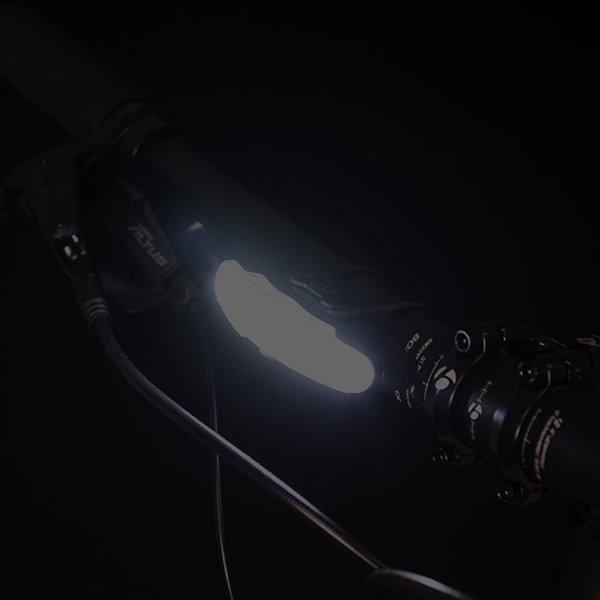
Trends and developments
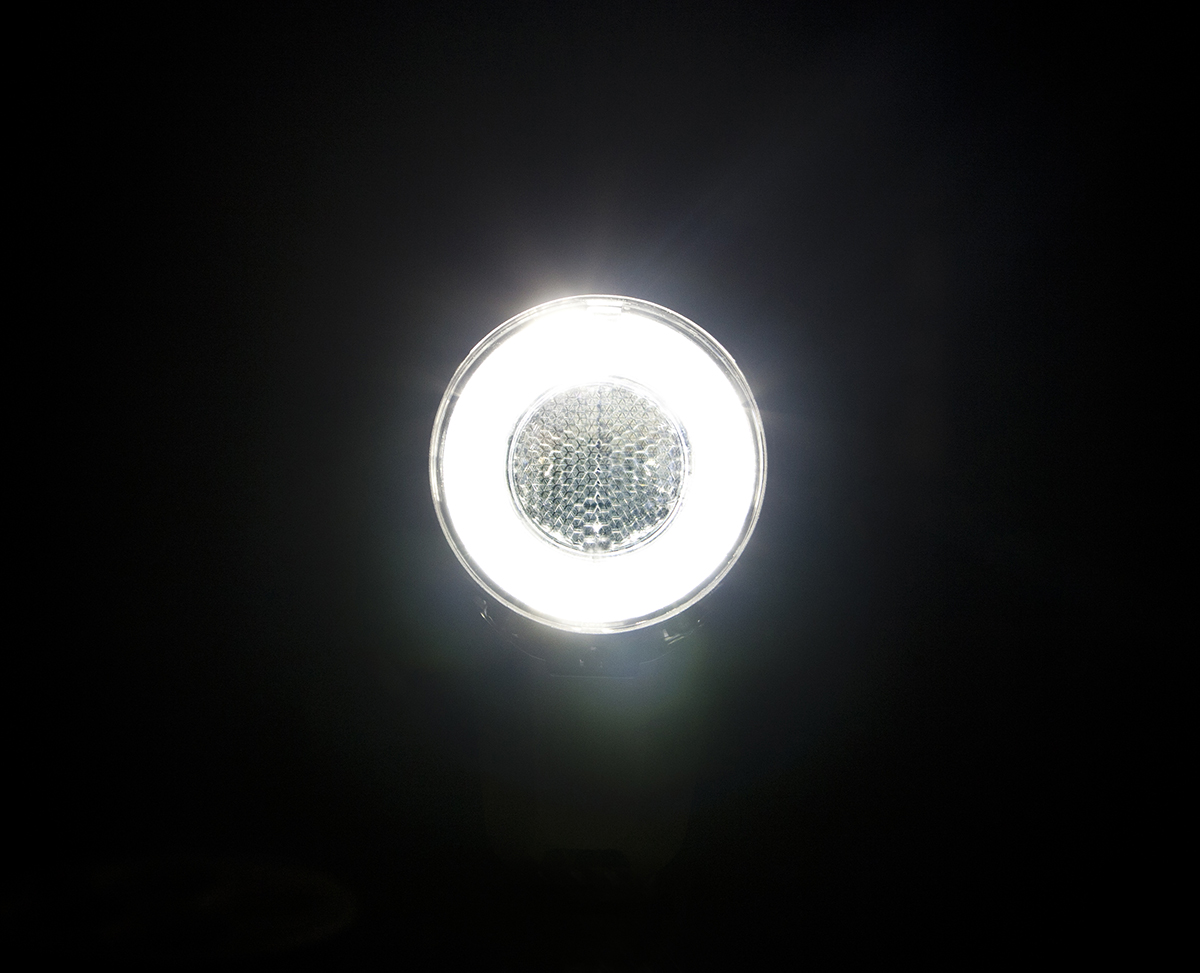
Trends and developments
Jacob Vellinga, CTO at Spanninga presents the recent trends and developments concerning lighting technologies.

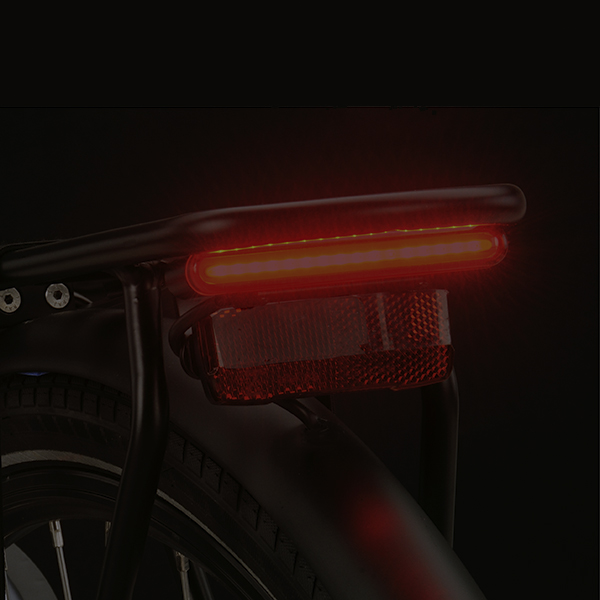
Lumen, Lux & Candela
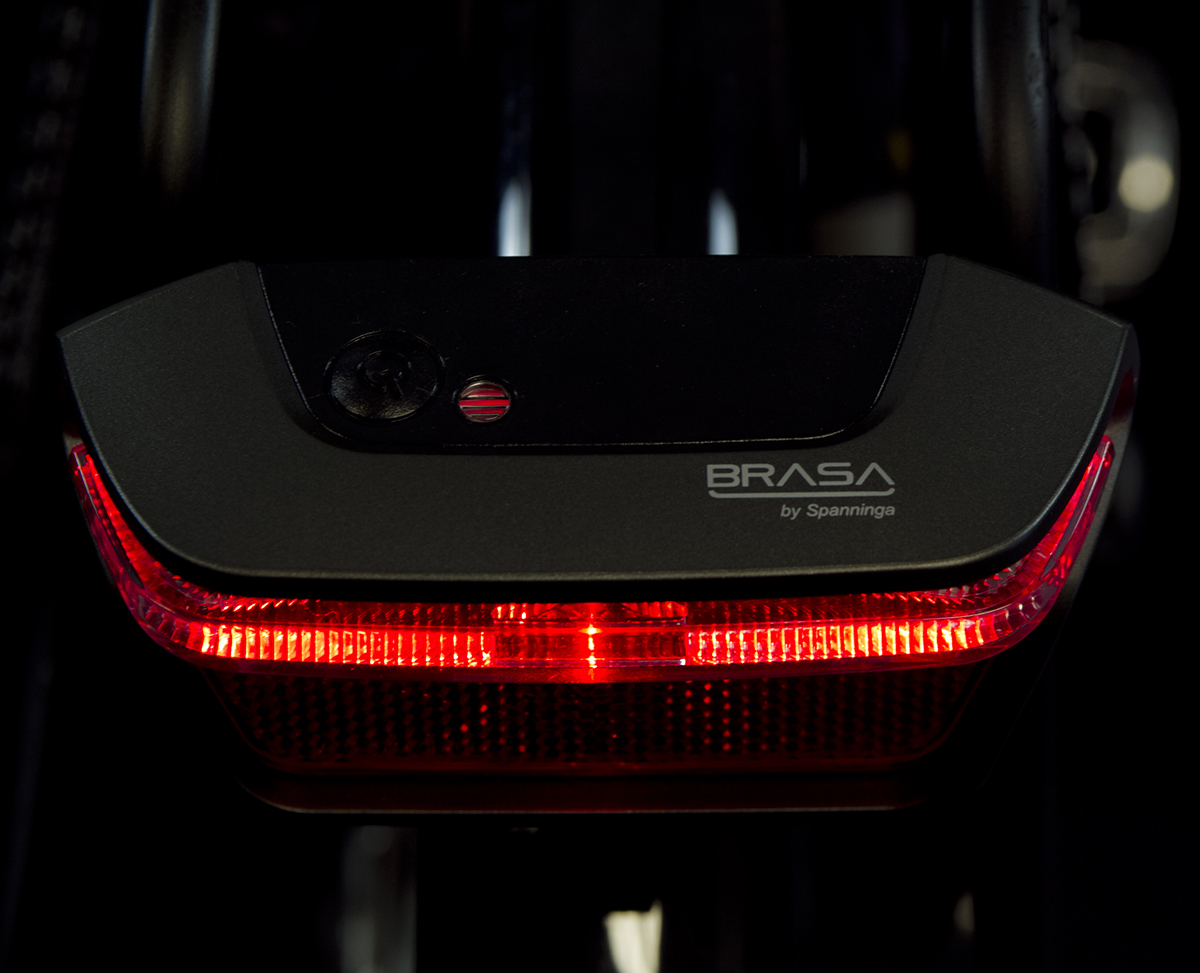
Lumen, Lux & Candela
Lumen refers to the total amount of light or light energy that is radiated from a light source. This does not measure the intensity of a bicycle lamp. The intensity of the light depends on the direction. When the direction of the light is unknown it is impossible to calculate the intensity of the light.
Both Lux and Candela refer to the intensity of the light in a certain direction of the light beam.
Candela is equal in the total light beam, while the Lux-value depends on the distance of the light beam.
The formula between these two units is:
CANDELA = LUX x METER (DISTANCE)2
In most cases Lux is measured at a 10 meter distance from the light source. This means that the Candela-value can be calculated by:
1 LUX = 100 CANDELA
The light beam of a headlamp contains several areas with a different amount of Candela and Lux to create an ideal headlamp for its purpose.
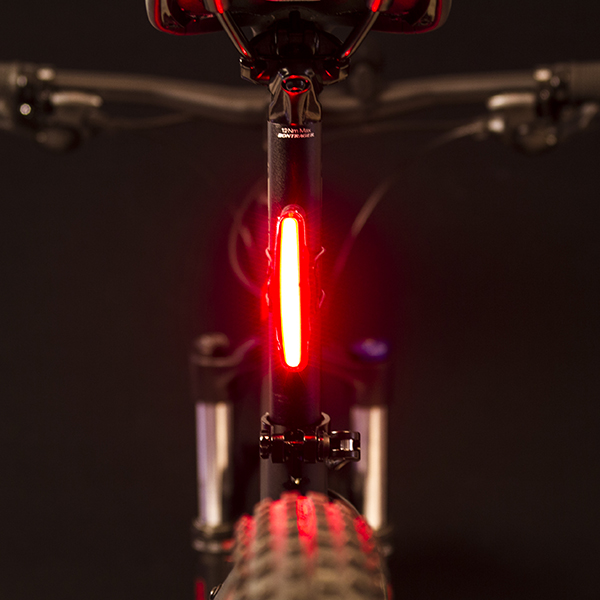

To see and to be seen
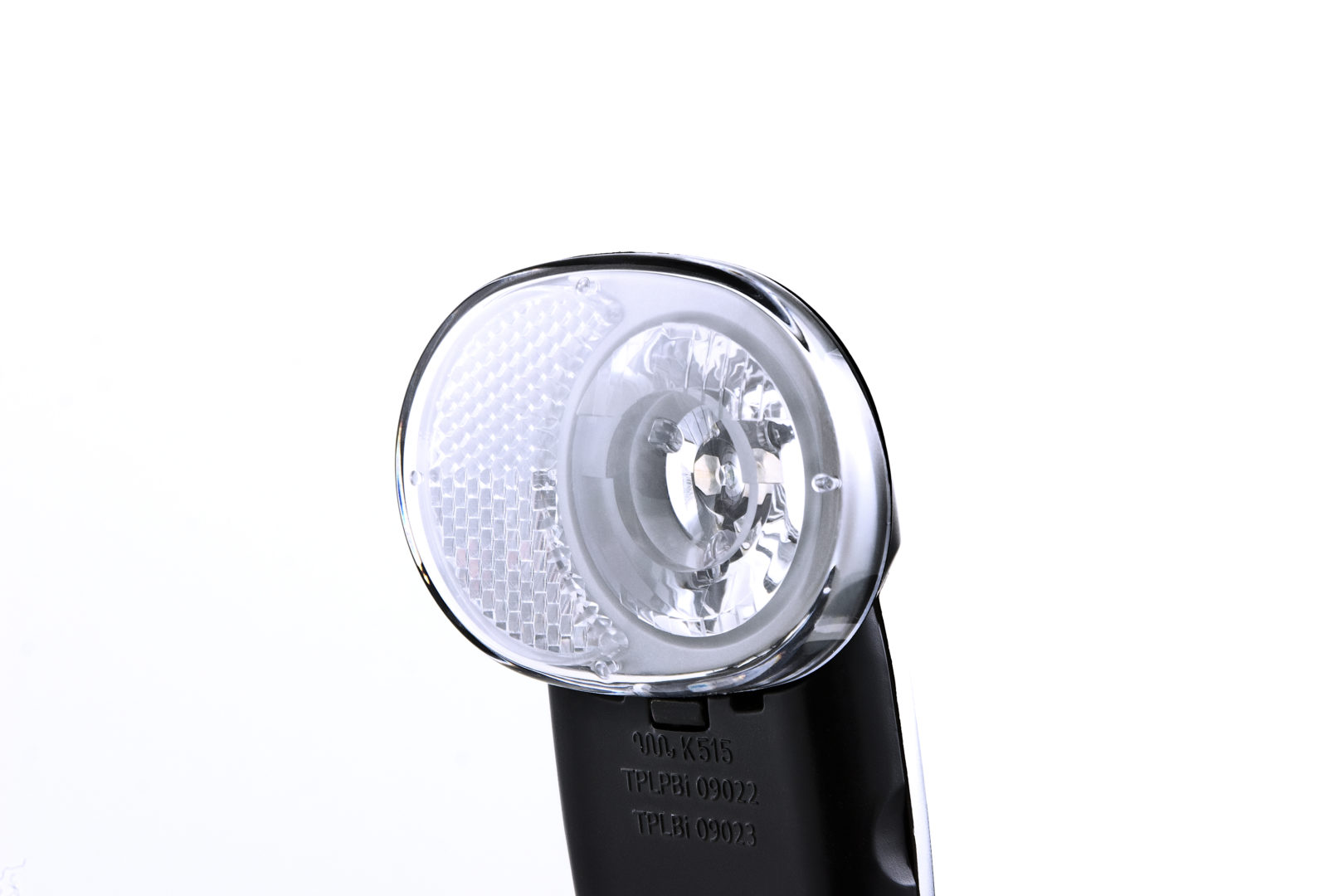
To see and to be seen
To see
When a headlamp claims to contain 20 Lux or 2000 Candela, this means that the brightest spot in the light image has 20 Lux at a distance of 10 meter. This amount of light is mainly directed at the road, so oncoming traffic is not blinded by it.
To be seen
The light in the blinding area should not be higher than 2 Lux*, but is preferable as low as possible.
For rearlights, the Candela-value is used, since very small Lux values need to be measured here. Rearlights radiate in between 1 to 4 Candela corresponding to 0,01 and 0,04 Lux*.
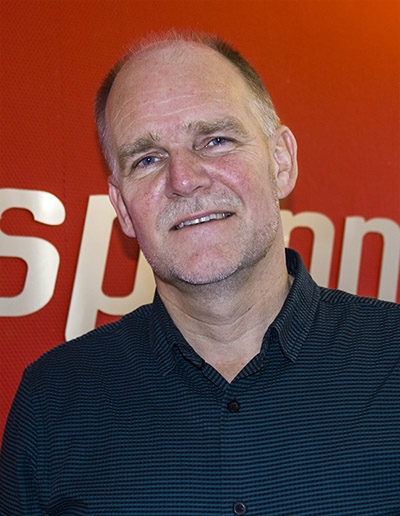
* Measured at 10 meter.
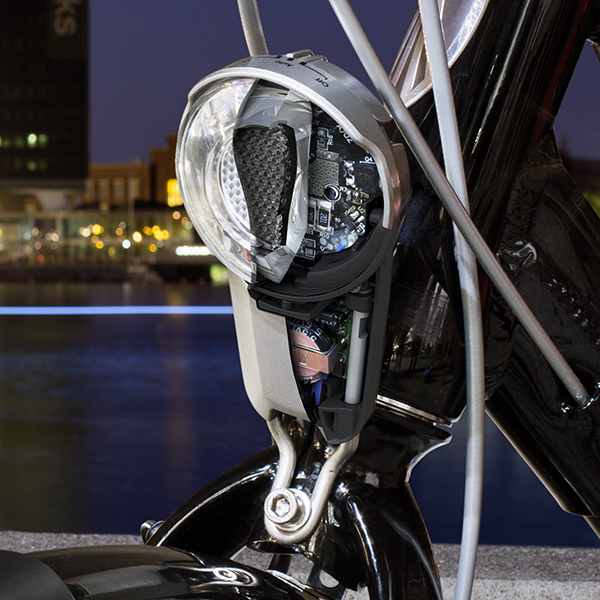
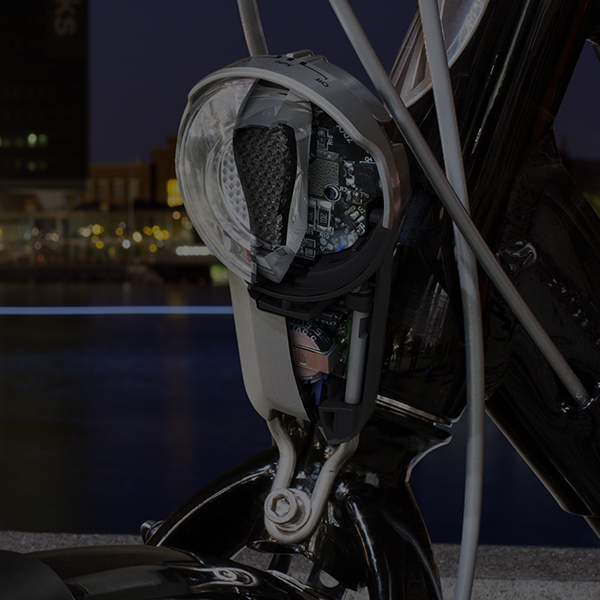
Regulations

Regulations
Bicycle lighting has been a complicated issue for a long time. Each country uses its own regulation, which makes it difficult for users to know what they need. Here below, you can check the regulations of Germany, France, The Netherlands and Denmark.
Germany: StVZO
France: Code de la Route
The Netherlands: RKF
Denmark: SIK
Headlamps
- Germany: the overall construction is checked and the light output and distribution is checked for either 10 Lux or 20 Lux.
- France: the light distribution is checked for 4 Lux.
- The Netherlands: a voluntary test can be done for an RKF-classification.
- Denmark: a self-certification system is used where the lights are to be checked for light distribution and a centre value of 0,04 Lux.
Rearlights
- Germany: rearlights are checked for light distribution and if >2,5 Candela in the centre.
- France: rearlights are checked for light distribution and if >2,5 Candela in the centre.
- The Netherlands: a voluntary test can be done for an RKF-classification.
- Denmark: a self-certification system is used where the lights are to be checked for light distribution > 4 Candela.
For reflectors the differences are minimal. An ECE (like) reflector is accepted, except in Germany where the Z-type reflector for the carrier rearlight is required.



Glossary
Glossary
The versions and features of our products are illustrated by pictograms and abbreviations. Check out here after what they stand for:
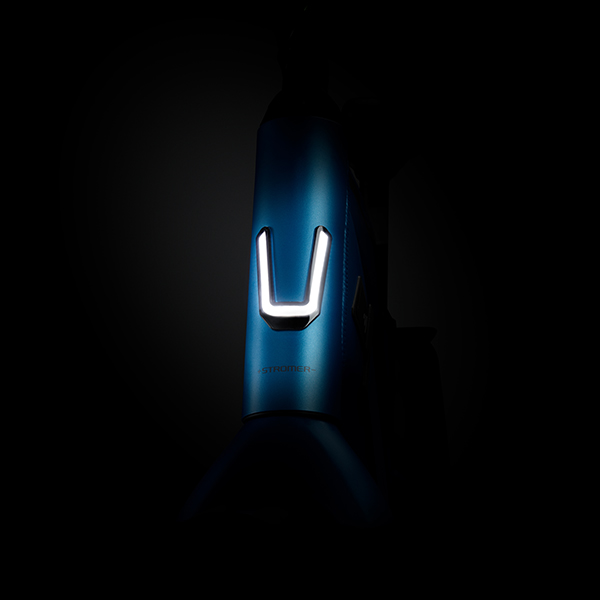
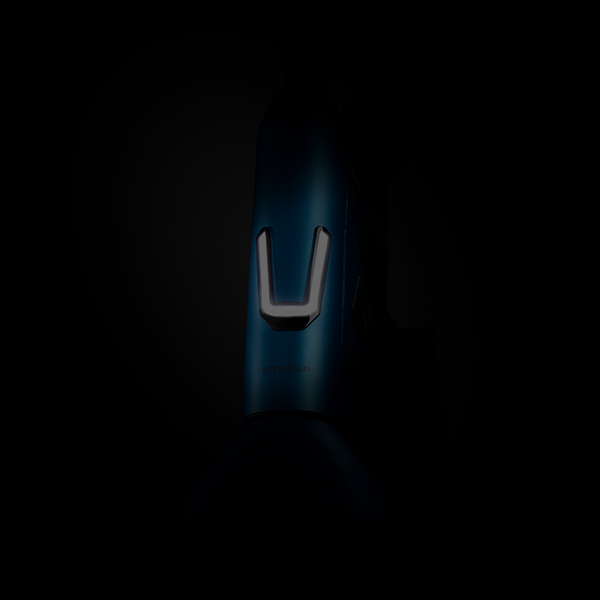
Speed-pedelecs

Speed-pedelecs
Speed-pedelec or e-bike, what is the difference? In general, we can say that speed-pedelecs are faster (up to 45 km/h) than regular e-bikes (up to 25 km/h). Speed-pedelecs are considered as motorized vehicles and therefore require an insurance and license plate. Where the motor of an e-bike has a maximum power of 250 Watt, this is 4000 Watt for a speed-pedelec.
As a consequence, regulations are different between speed-pedelecs and e-bikes. This also accounts for the lights and reflectors. Here below, you can find a summary of speed-pedelec requirements, according to the ECE regulations regarding safety equipment:
- Low-beam headlamp (ECE R113)
- Tail-light (ECE R50)
- Brake-light (ECE R50)
- Rear registration plate lamp (ECE R50)
- Two side amber reflectors (ECE R3)
- Rear reflector (ECE R3)
- Horn (ECE R28)
For all these bullet points, Spanninga offers a perfect solution. You can find the dedicated products per category in the article HERE.





